How to prevent carbon monoxide poisoning at the campsite
6 November, 2017
It’s not something you hear about often, but people dying from carbon monoxide poisoning in Europe is still too common. Unfortunately, it’s something I read about in the news almost every year – campers who have become unwell from carbon monoxide poisoning in a caravan, motorhome, or sometimes even in a tent. Luckily, there’s lots you can do to minimise the risk of poisoning, with good maintenance, vigilance, and protection.
Carbon monoxide – the scientific name is CO – is a deadly, odourless gas. This gas can be released when there is incomplete combustion of, for example, butane gas, petrol, but also coal or wood.
The symptoms of carbon monoxide poisoning
The symptoms of CO poisoning resemble a touch of the flu, and so often go unrecognised. Headache, drowsiness, nausea and vomiting are the main symptoms of carbon monoxide poisoning, as well as an accelerated heart rate, and coming across as confused. Eventually, the drowsiness gives way to unconsciousness. It’s very important to protect yourself and your family.
6 tips for preventing carbon monoxide poisoning
-
- Don’t use your stove as a heating source
CO poisoning among campers is often the result of having an open fire in a small space. Even I am sometimes tempted to use the gas stove as an additional source of heating in my tent on colder evenings. But I don’t, because I know it can be deadly if there isn’t enough ventilation, or if the stove stays on for too long. The oxygen in the space decreases, and the CO increases, with all the attendant consequences. If you’re cooking in your motorhome, caravan or tent, always make sure that the ventilation is good, and never use your stove as a heat source.
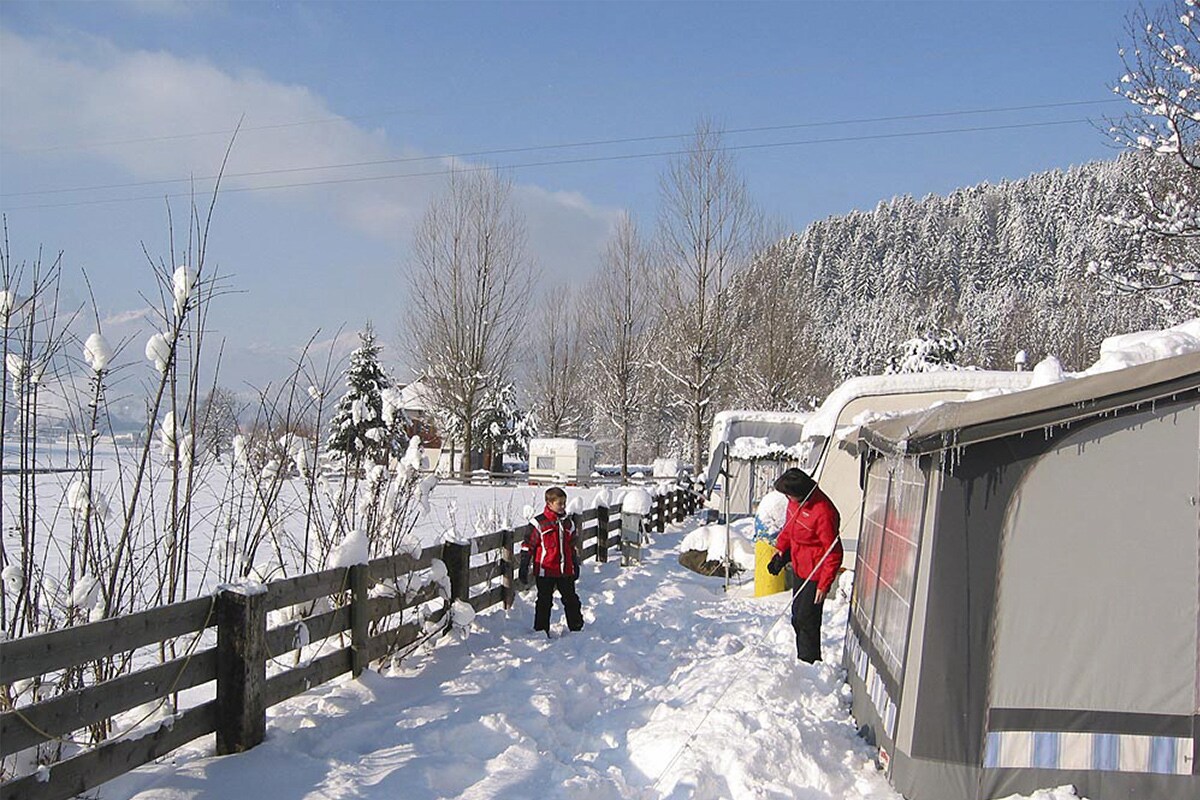
-
- A yellow flame is a bad sign
If your heater or gas stove is burning with a yellow flame, nine times out of ten it means that proper combustion is not happening, and that there is therefore an increased chance of higher carbon monoxide levels. When you’re cooking, check that the flames are still nice and blue regularly. It’s possible that you’ll see a yellow flame burning when you first light your heater or gas stove. That’s nothing to worry about, provided that it disappears as soon as the heater or gas pit has heated up. If the flame stays yellow, then you should immediately turn off your heater or gas stove, and have it checked by an expert.
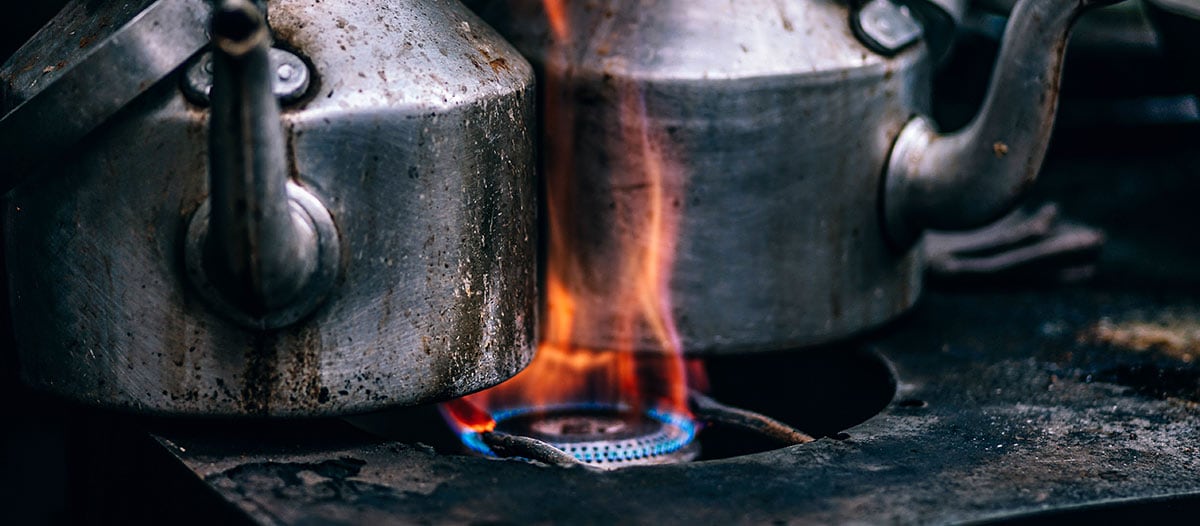
-
- Remember to ventilate when you’re heating too
It might seem counterintuitive, but it’s important to ventilate your tent while you’re trying to heat it, in order to prevent carbon monoxide poisoning. Individual petrol or gas stoves at campsites don’t have a regulated flue, so if there is incomplete combustion, the CO will come directly into your tent or caravan. In order to prevent this, you should make sure that there is sufficient oxygen supply. You can do this by opening any windows and hatches.
-
- Check the flue
Built-in gas heaters in caravans and motorhomes are generally safer than separate camping stoves. In these built-in heaters, combustion happens in a sealed space, and they do have their own flue. You do need to check the flue regularly though. You can usually find the flue in the cupboard above the heater. Check that the flue is hanging vertically, and that there are no kinks in it. It’s also a good idea to check that the end of the flue is clean and dust free.
-
- Have your gas system checked regularly
You can do smaller checks – like checking the flue – yourself, but checking an entire gas system is complicated. You’re better off letting an expert do this. Experts recommend that you have the gas system in motorhomes and caravans checked at least once every two years.
-
- A carbon monoxide alarm can alert you
A carbon monoxide alarm works just like a smoke alarm. If the carbon monoxide levels are too high, an alarm will sound. You can use the same carbon monoxide alarms that you use at home in caravans and motorhomes, and you can buy them in any good DIY shop. Do make sure that you hang your alarm up in the right place. For optimum performance, you can attach your alarm to an inner wall, for example the wardrobe, about one and a half metres from the ground, at least 15 cm from the outer wall, and at least 30 cm from a window or door. If the alarm sounds, leave the caravan or motorhome immediately.
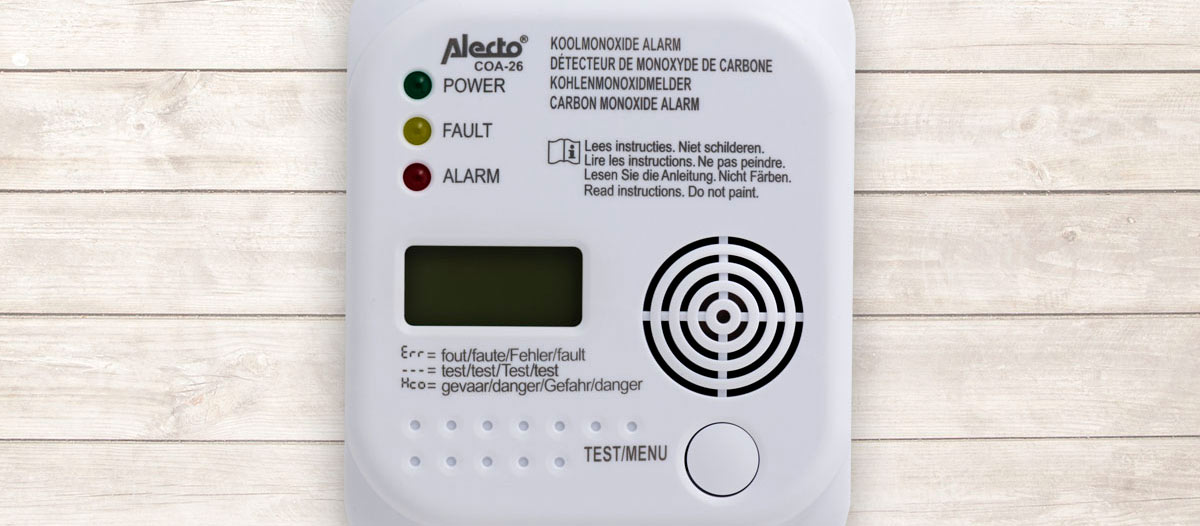
Better safe than sorry!
Carbon monoxide poisoning is a danger that you always want to avoid, whether you’re in a tent, caravan or motorhome. The period between October and April is particularly dangerous, as it’s colder outside. But as long as you follow these tips, camping will remain fun and safe.



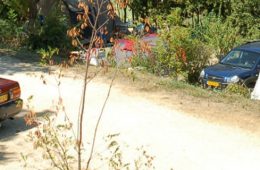
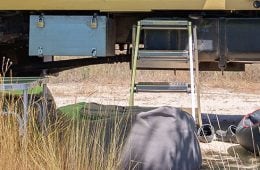
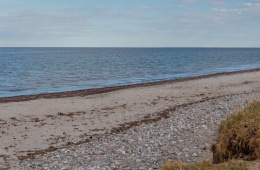





Latest comments